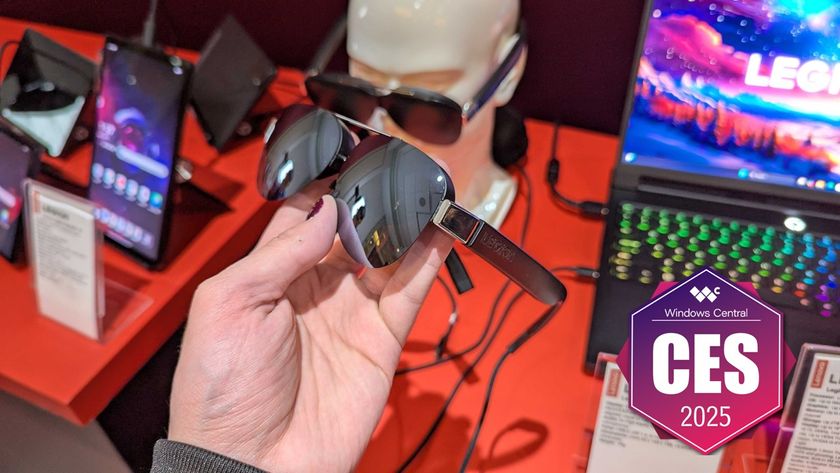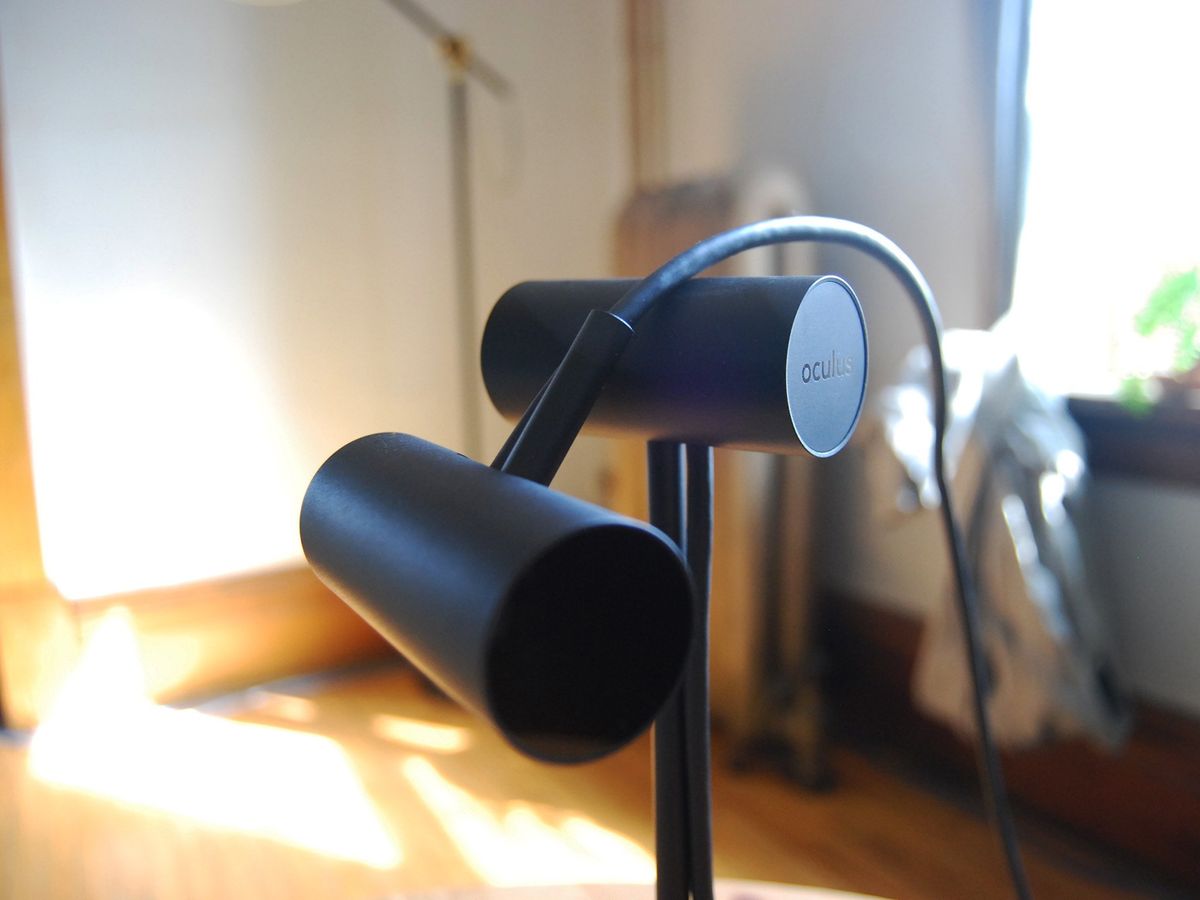
The Oculus Rift is a premier PC-based VR platform, offering up a room-scale experience thanks to Touch motion controllers and external sensors. For quality tracking, it's recommended that you grab one or even two more sensors in addition to the two that come with the Rift and Touch bundle, with each costing about $60. The sensors seem delicate and can be rather precarious on their stand, but there are a few tricks you can try out that will prevent them from taking any damage.
See Oculus Rift at Microsoft Store
Temporarily mount your Rift sensors
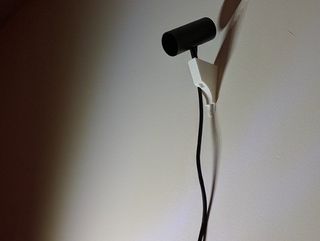
If you're lucky enough to have a 3D printer available, you can make your own temporary Rift sensor mounts that attach with 3M Command adhesive strips. They don't put holes in your walls, but they should keep the sensors out of harm's reach.
Originally posted on Thingiverse by DoctorLaser, these mounts should keep the head of the Rift sensor secure and out of the way. If you're printing your own mounts, you can grab an eight-pack of adhesive strips for about 3.50.
If you'd rather not use your own printer, you can buy a pack of four 3D-printed mounts (using the same Thingiverse recipe) with adhesive strips included for about $19.
Get the Windows Central Newsletter
All the latest news, reviews, and guides for Windows and Xbox diehards.
Permanently mount your Rift sensors
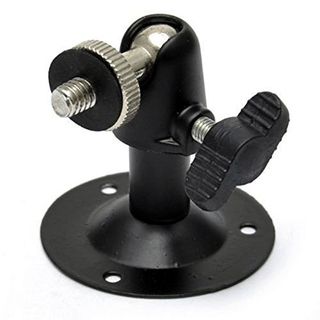
For anyone with a permanent VR spot, the Rift's sensors can be sturdily mounted, either to the ceiling or to the the walls.
If you're looking for something that mounts using screws, check out these brackets from OdiySurveil (about $6.70). They were created to be used with security cameras, but the threading is actually the perfect fit for the head of the Rift sensor when it's removed from the original stand. Once you've fastened everything together, there should be no risk of your sensors toppling over or getting hit when you're flailing around with the Rift on your head.
But I don't have a 3D printer!
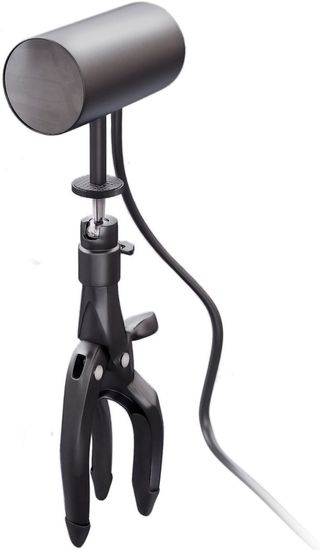
Finally, for a truly temporary solution, there is a custom clamp from Skywin (about $30) that lets you mount your Rift sensor just about anywhere. It has a 360-degree swivel mechanism to keep your sensor pointed in the right direction, and three arms ensure a sturdy grip.
Don't want to pay that much? If you have a horizontal surface on which you can attach a clamp, check out this option from Hyperkin. Each clamp costs about $10.
Safely store your Rift sensors

When not in use, it's good practice to safely store your Rift's sensors. I am guilty of unplugging them and setting them aside when not in use, and finding one later on its side, collecting dust, makes me die a bit inside. Don't do the same thing!
The box (or boxes) that your Rift and sensors shipped in are a decent solution, but you can also take matters into your own hands. Pretty much any container that keeps dust out is suitable, and you get bonus points if there's some padding included. Have a look at our guide on storage and mounting solutions for more information.
Best storage and mounting options for Oculus Rift
Don't let your Rift sensors get too hot
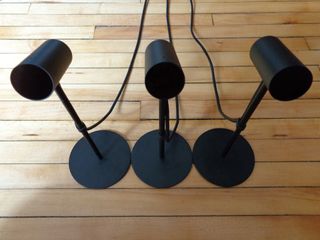
In a recent post on the Oculus subreddit, user steampvnc1880 asked the question whether or not bright lights can damage Oculus sensors. This question was the result of a dual-mount experiment that saw a CFL bulb attached with a Rift sensor to add a bit of light to the VR space.
The lightbulb isn't in line-of-sight of the sensor (as this would cause interference), but the general consensus is that heat from the bulb could over time cause some damage. The bottom line here is that if you're considering doing something in the same vein, check often to see whether or not your sensor is noticeably heating up.
More resources
Check out our ultimate guide for plenty more information about the Oculus Rift!

Cale Hunt brings to Windows Central more than eight years of experience writing about laptops, PCs, accessories, games, and beyond. If it runs Windows or in some way complements the hardware, there’s a good chance he knows about it, has written about it, or is already busy testing it.


